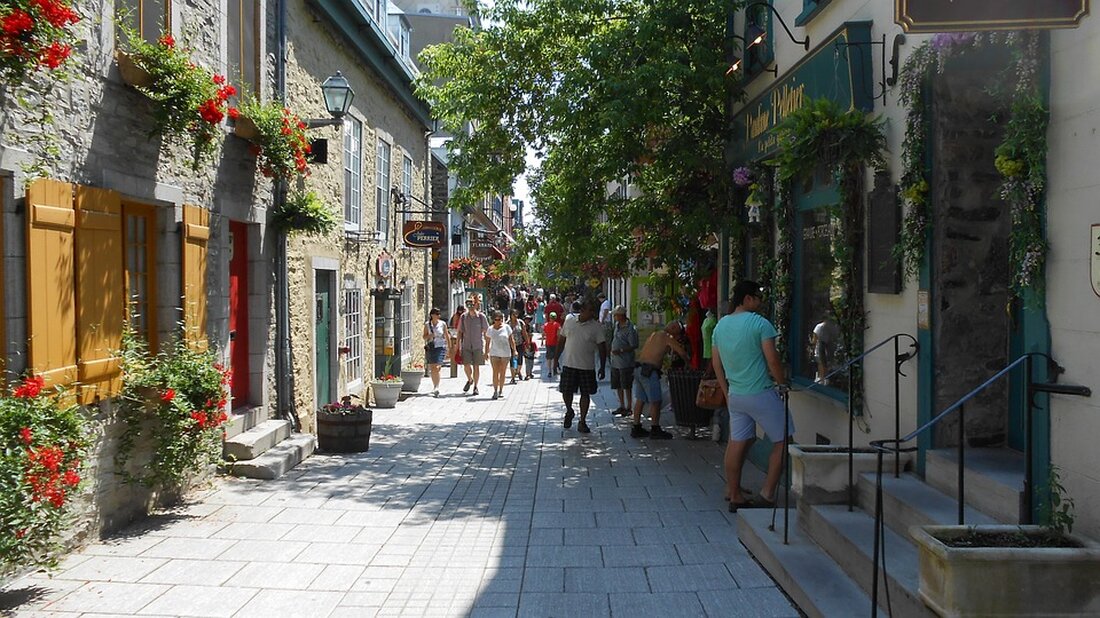New quarters on the Tacheles: a mixture of culture, history and trade in Friedrichstrasse
New quarters on the Tacheles: a mixture of culture, history and trade in Friedrichstrasse
New life in the quarters at Tacheles
The district on the Tacheles in Berlin-Mitte wakes up again. The first shops have opened their doors and offer basics for everyday life. Among other things, a Rewe and a Rossmann are located there. Many people are excited to see how the neighborhood will develop and set off to explore it.
The way to the neighborhood leads over Friedrichstrasse. After a visit to Rewe and Rossmann in the basement, you get into the passage, which is a connection between Friedrichstrasse and Oranienburger Straße. The architecture of the passage is rather simple, with visible bricks on the walls and futuristically rounded shop windows. In the middle of the path to Oranienburger Straße there is an octagonal square with a single tree and a bank.
In the past, the large dome of the Friedrichstrasse Passage, which was built in Germany from 1907 to 1908 as one of the first buildings of this type in Germany. When walking through the passage, you can already see the not yet accessible area of the Aaron-Bernstein-Platz, whose planning was involved in the planning.
At the end of the passage, you get to the actual old Tacheles, which acted as an artist house from 1990 to 2012. There were studios, exhibition rooms, a cinema and the "Zapata" dance hall. After the rental agreement expired and the owner became insolvent, the house was forced in 2012 and sold to a US financial service company in 2014. The construction work finally started in 2016.
While the entrance from Friedrichstrasse has already been completed, construction is still being made on the other side of the building complex. Although the Tacheles is currently equipped, you can imagine the union effect that is generated here by the interaction of various styles and usage functions.
The project on the Tacheles is another example of the gentrification process in Berlin. It's not just about increasing housing prices, but also about owning something. The Tacheles and the surrounding residential buildings were designed by renowned architectural offices and are intended to become revealable large sculptures.
The future plans for the neighborhood stipulate that in September 2023 a branch of the Swedish photo museum Fotographiska moves into the listed Tacheles building. This further advanced the musalization of the neighborhood. The photo museum C/O in the former Postfuhramt, which was part of a previous gentrification cycle, had already existed compared to the Tacheles.
The district at Tacheles reflects the penetration of art and life practice in late capitalism. The architecture of the buildings is inspired by cubism and brutalism and combines ideas of classic bourgeois aesthetics with modern avant -garden. It remains to be seen how the neighborhood will develop and what effects the gentrification process will have on the neighborhood around Oranienburger Straße.
Source: ND-Aktuell


Kommentare (0)